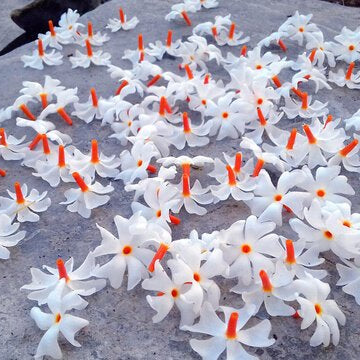
Available 24/7
Available 24/7

Plant care is not an easy job. Having a plant at home is almost equivalent to taking care of a baby. While everyone loves to have a dash of greenery in their home, not everyone is willing to maintain it. If you wish to have household plants in your space, it is necessary to nourish them with proper care.
Houseplants are best for making your place look good and healthy. Any negligence towards the plants can damage their growth. Here are 7 ‘plant-health’ hacks every plant parent should know.
The best way out is to know when they need the most care. If you are still looking for ideas on how to keep indoor plants healthy, read further.
Place plants in their comfort space.
When you bring home your green buddies, ensure that you place them in a space where they receive sunlight according to their need. While some plants need abundant sunshine, there are a few plants that flourish without it. You can easily have healthy plants if you keep in mind the required sun exposure of your household plants.
1. Maintain moisture

Choosing certain random days to water your plants is certainly not a good idea for plant growth. Over-watering and under-watering bring their own set of problems, hence, look for a better solution. Water the plants when around 2 inches of soil from the surface is dry.
If need be, you can place an absorbent material inside the planters such as a sponge. This will ensure the moisture level of the soil remains intact throughout the day. The sponge will hold the water for a longer time and will keep the plants hydrated.
It is a good practice to water plants according to soil moisture, and not plan it according to the day or schedule.
2. Arrange for enough water when you are not home

Just think of how long you can go without food? Not very long, right? Same way plants need their food after a regular interval. So, what can you do when you are not at home for days?
The best way is to put your plants in a sink or tub. You can also cover the soil in the pot with a wet towel during summers to keep them healthy. This way, you can ensure healthy plants even when you are not at home. It is one of the useful home remedies to make plants grow.
Drip irrigation can be another method. You can also check out Nuresrylive’s self-watering pots for the same.
3. Change the pot timely for healthy growth

Another important tip on how to keep the houseplants healthy is knowing when to shift the plants to a new or bigger pot. When you observe that fresh leaves are smaller than the usual size, it is time to change the plant holder.
It is also possible when:
4. Use right-sized trowels to avoid scattering of the dust

While repotting the plants, the dust scatters all around, making it a tedious job. The smart way to do this is to use a trowel or khurpa. It might not look like a plant care tip, but it helps in proper replanting and ultimately, in plant growth.
5. Know your soil

The type and quality of soil changes from region to region. You must know the quality of the soil that you are using. The soil varies on the basis of the texture, structure, pore space, and organic matter content in the soil. The right soil type will support plant growth.
6. Invest in quality fertilizers

You must use the best quality fertilizers for plants to ensure the nutrients reach the soil to boost the plant growth. Together, they enhance the plant and can fasten their growth.
You also need to ensure that you are using the right quantity of the fertilizers. Overdose has its own adverse effects.
7. Observe signs for help

Your plant might need help to grow. You need to observe signals like rotting roots, discolouration of leaves, etc. Try repotting or watering correctly when the roots start rotting. Prune the damaged parts of plants at the right time.
The colour of the leaves shows there is something wrong with temperature. It may be hot or cold; however, a few yellow leaves are fundamental.
You must also have a basic garden tool kit with you for proper cultivation of the soil and maintenance of your houseplants. Tools like pruning shear, khurpa, watering cans, budding and grafting knives can be helpful.
We hope these plant care tips could help you in giving your plants a new life. It is recommended that rather than waiting for some sign of a problem with your houseplants, consider these top recommendations to take preventative measures and keep the garden plants healthy.
It is imperative to take necessary preventative plant care measures to ensure there is no likelihood of a disease occurrence. Taking care of houseplants brings about internal peace. We understand your love for your beloved plants.
Following these best practices will prove to be the successful home remedies to make plants grow in a much healthier way. Stay tuned for more tips and tricks to make the best of the time you spend with your plants. Happy Gardening!
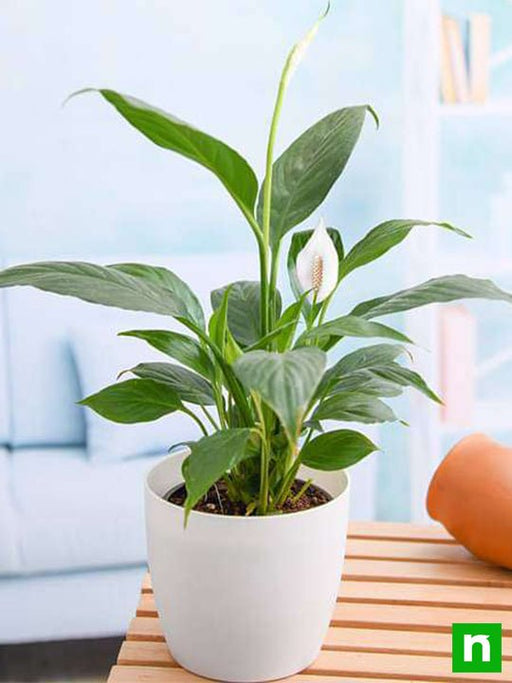
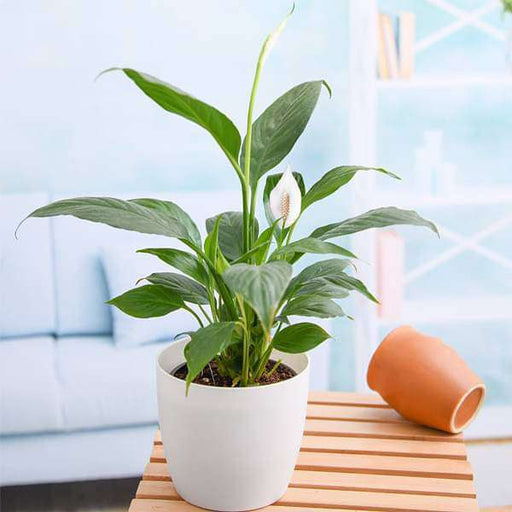 Save up to 15%
Save up to 15%
DescriptionPeace Lily Plant is a very popular and very rare indoor flowering houseplant. It is also an excellent air purifier plant.What makes it s...
View full details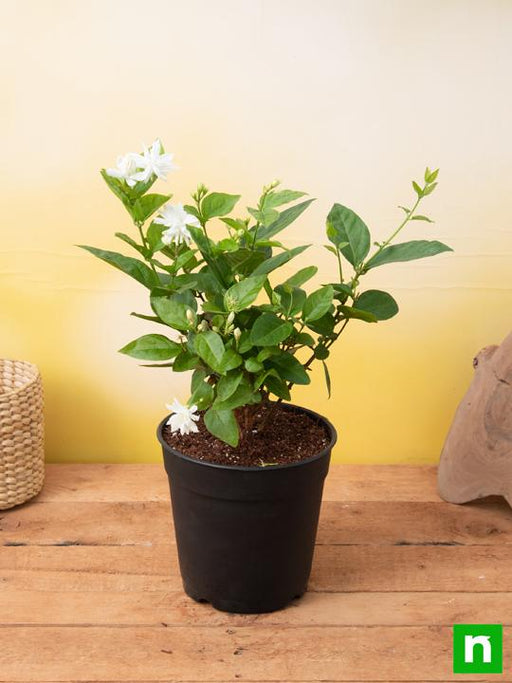
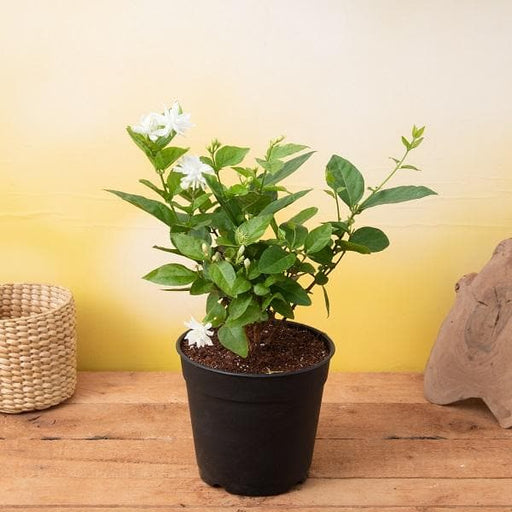 Save 20%
Save 20%
DescriptionFlowers make intimate connections they increase our connectivity with family and friends. Mogra plant is famously known as Jasmine flowe...
View full details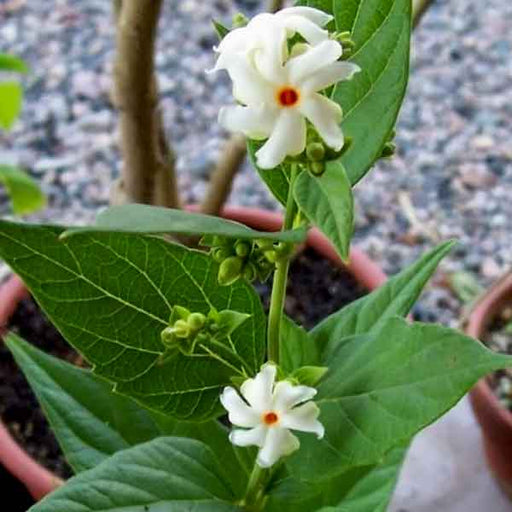
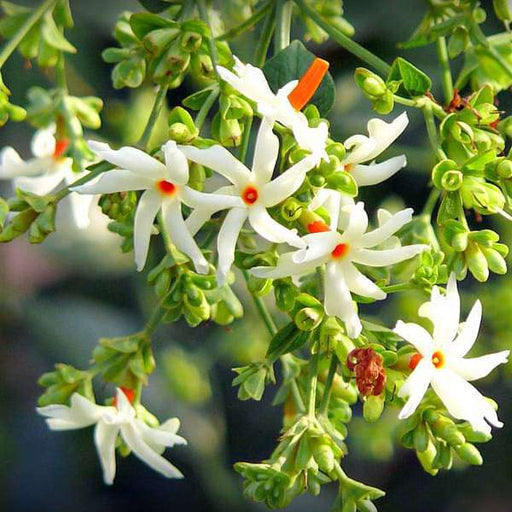 Save 14%
Save 14%
DescriptionHave you ever stumbled upon a tree that made you stop and stare?A tree that seemed to possess a beauty so rare that it made you question...
View full details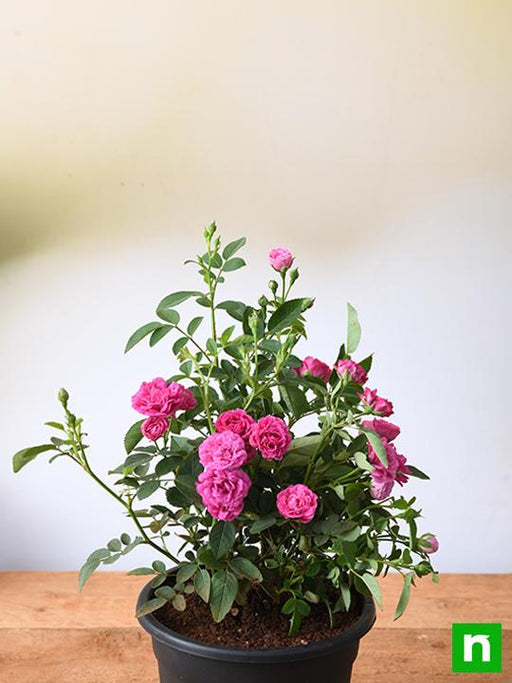
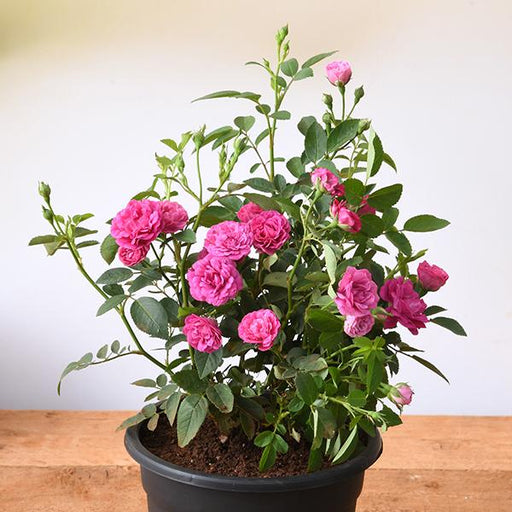 Save 14%
Save 14%
DescriptionButton Rose is a perennial flowering shrub plant. Roses are best ornamental plants.What makes it special: One of the best flowering plan...
View full details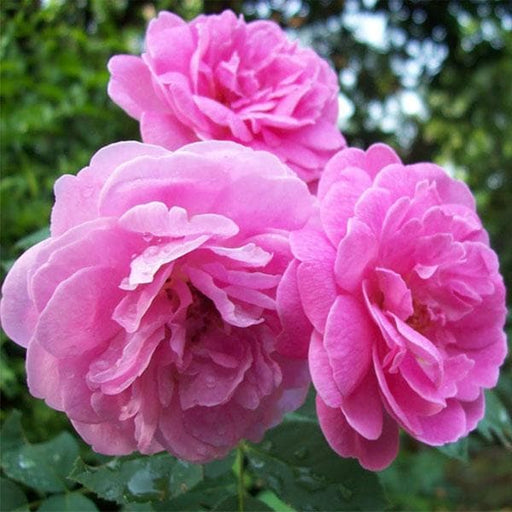 Save 20%
Save 20%
DescriptionDamascus roses are known for its distinct fragrance. Enjoy the real and oldest scent of rose. The Damascus rose is a deciduous shrub gr...
View full details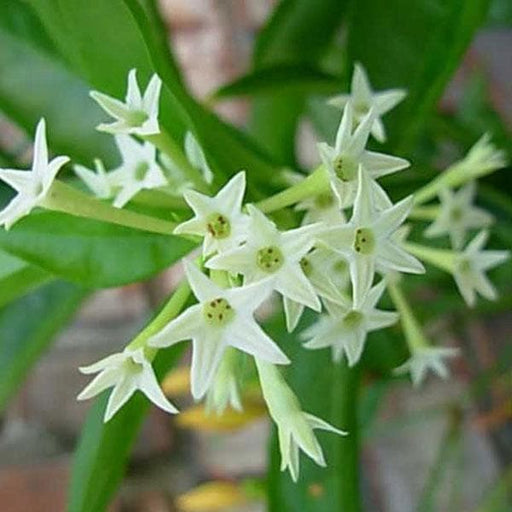
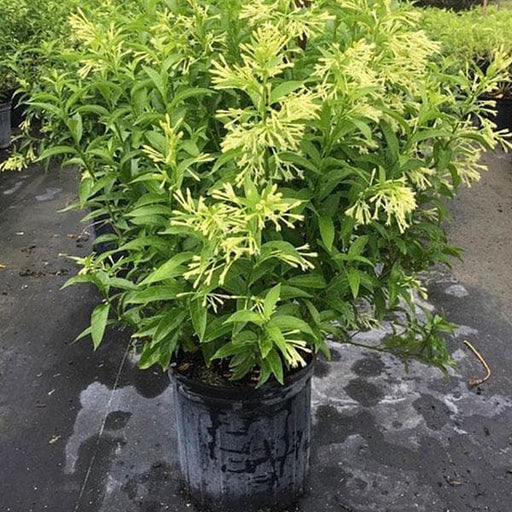 Save 14%
Save 14%
DescriptionFlowers are the best and liveliest source of the good smell So, if you are thinking of growing flowering plants in your garden then you ...
View full details Save 45%
Save 45%
Description Pack of 4 succulents that are very easy to care for. A perfect pack to start growing plants worry-free. About You get 4 succulent plant...
View full details Save 45%
Save 45%
Description Pack of 4 succulents that are very easy to care for. A perfect pack to start growing plants worry-free. About You get 4 succulent plant...
View full details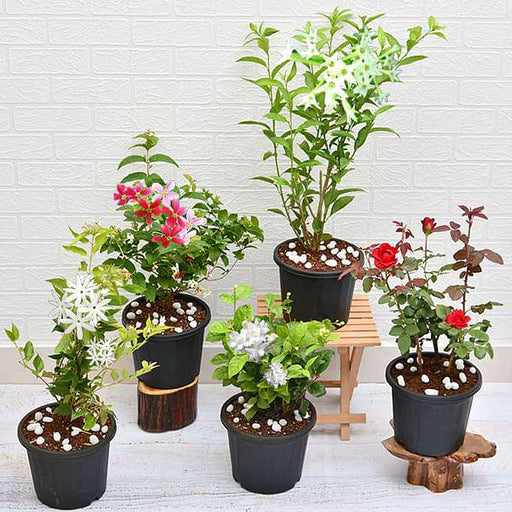 Save 12%
Save 12%
DescriptionAromatic plants bring into a room or house an often overlooked benefit. These plants have a pleasant scent.About You plant a hope when ...
View full details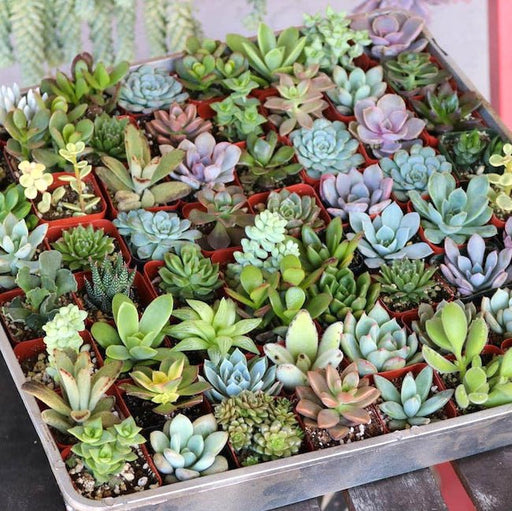
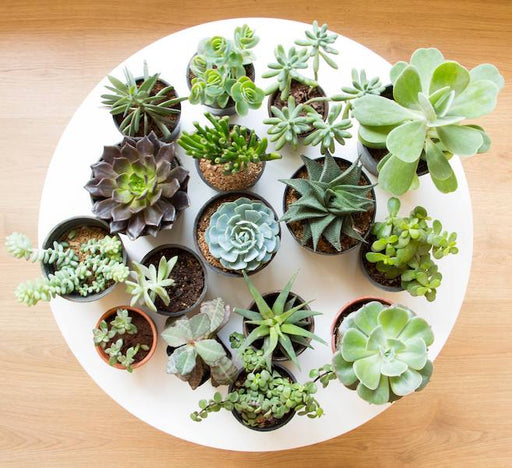 Save up to 50%
Save up to 50%
DescriptionIf you long for indoor greenery but have not succeeded with houseplants, consider these beautiful succulents. A perfect pack to start gr...
View full details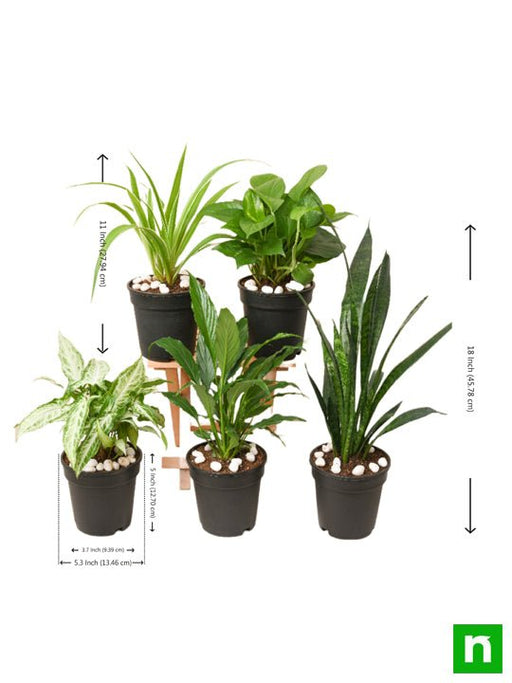
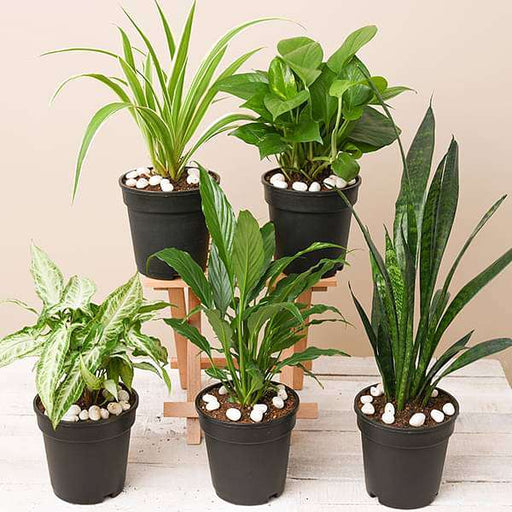 Save 21%
Save 21%
DescriptionThis plants pack contains amazing 5 houseplants + 5 Pots. Surround your home with these best pollution killer plants for a clean and hea...
View full details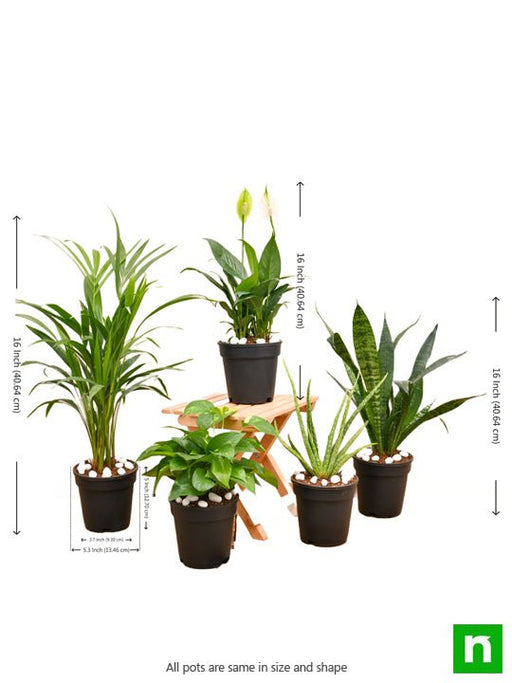
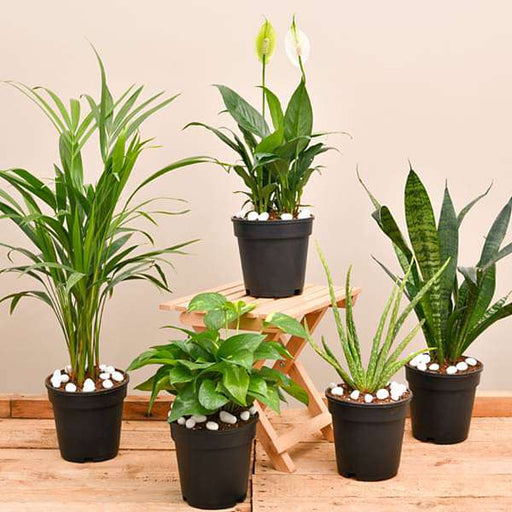 Save 20%
Save 20%
DescriptionIf you or anyone from your family wants to breathe fresh air, cleaner air in their homes, this 5 plants pack purify the air around and r...
View full details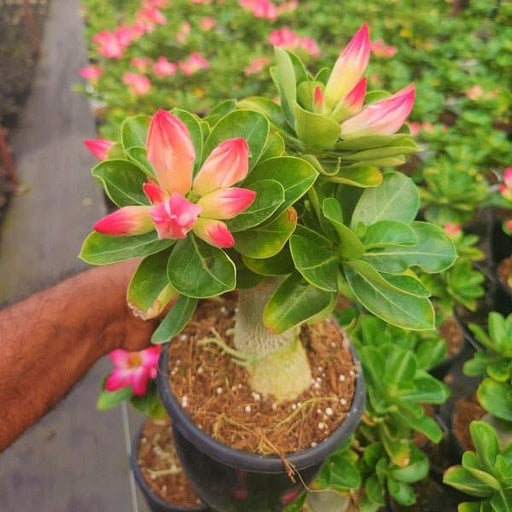
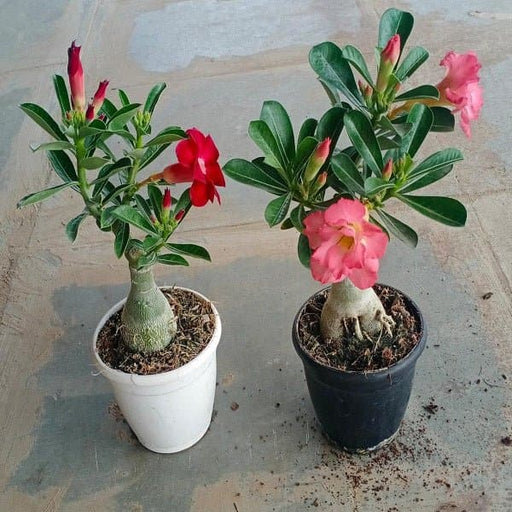 Save 40%
Save 40%
DescriptionSet of 2 Bonsai Looking Grafted Adenium PlantsAbout You get 2 Bonsai looking hardy grafted Adenium plants in a single pack.Plants are k...
View full details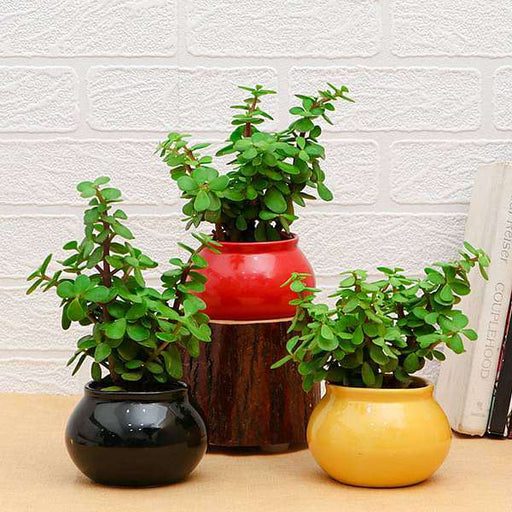 Save 22%
Save 22%
DescriptionThe Jade plant is an extremely popular succulent houseplant with fleshy leaves. According to popular belief, these plants will bring goo...
View full details
Comments
Leave a comment